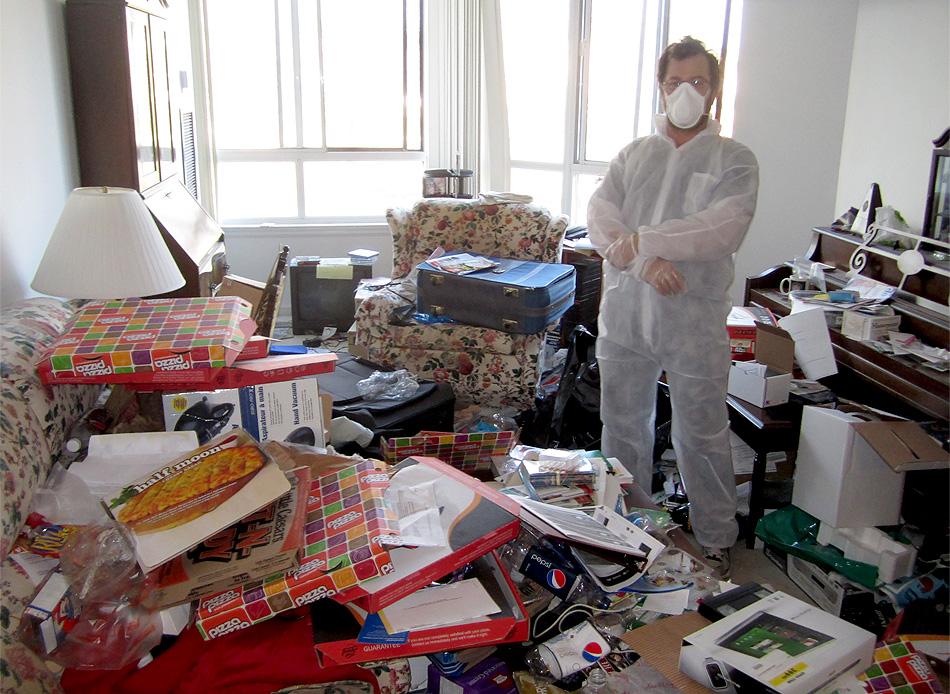In the realm of property restoration, few challenges match the complexity and sensitivity of addressing a hoarder’s house. Hoarding disorder, recognized by the American Psychiatric Association, involves persistent difficulty discarding or parting with possessions, regardless of their actual value. This disorder not only affects the individual’s mental health but also leaves behind a physical environment that requires meticulous restoration. In this article, we will delve into the process of documenting the restoration of a hoarder’s house, shedding light on the intricacies involved in transforming chaos into order.
Understanding the Complexity of Hoarding
Before embarking on the restoration journey, it is crucial to comprehend the multifaceted nature of hoarding. Hoarding is not merely a matter of excessive clutter; it often involves health and safety hazards, structural damage, and compromised living conditions. These houses can harbor mold, pests, and even structural instabilities, making the restoration process more challenging.
Initial Assessment and Planning
The first step in restoring a hoarder’s house is conducting a thorough assessment. Professional restoration experts collaborate with mental health professionals to understand the psychological factors contributing to hoarding. This integrated approach ensures that the restoration process addresses both the physical and mental aspects of the disorder.
Once the assessment is complete, a comprehensive plan is developed. This plan outlines the scope of the restoration, including cleaning, repairs, and potential structural improvements. In some cases, the restoration team may need to collaborate with pest control specialists, mold remediation experts, and structural engineers to address specific challenges.
Decluttering and Sorting
One of the most time-consuming aspects of restoring a hoarder’s house is the decluttering process. This involves systematically sorting through the accumulated items, categorizing them based on their condition and importance. Items that pose health risks, such as spoiled food, are disposed of immediately, while salvageable belongings are carefully packed and stored.
Professional organizers and decluttering specialists play a crucial role in this phase. They work alongside the restoration team to help the hoarder make decisions about what to keep, donate, or discard. These professionals employ compassionate communication skills, understanding the emotional attachment the hoarder may have to their possessions.
Cleaning and Sanitizing
Once the clutter is removed, the focus shifts to cleaning and sanitizing the space. Hoarder houses often require deep cleaning to eliminate years of dust, grime, and potential biohazards. Restoration teams utilize specialized cleaning agents and equipment to ensure a thorough and safe cleaning process.
In cases where mold or pest infestations are present, additional measures are taken. Mold remediation involves identifying and eliminating the source of moisture, followed by the removal and proper disposal of contaminated materials. Pest control measures may include fumigation and sealing entry points to prevent future infestations.
Structural Repairs and Renovations
After the cleaning phase, attention turns to addressing any structural issues within the house. Hoarding can lead to hidden damage, such as weakened floorboards, compromised walls, or damaged plumbing. Structural engineers work in tandem with the restoration team to assess and repair these issues, ensuring the safety and stability of the dwelling.
Renovations may also be necessary to create a more functional and livable space. This could involve updating the kitchen, bathroom, and other essential areas to meet modern standards. The goal is to not only restore the house to a habitable condition but also to enhance its overall functionality and aesthetics.
Psychosocial Support for the Hoarder
Throughout the restoration process, it is crucial to provide ongoing psychosocial support for the individual with hoarding disorder. Mental health professionals play a key role in offering counseling and therapy to address the root causes of hoarding behavior. Support groups and community resources can also provide the individual with a network of understanding peers who have faced similar challenges.
Conclusion
The restoration of a hoarder’s house is a comprehensive process that requires a delicate balance of empathy, expertise, and collaboration. By understanding the complexities of hoarding disorder and approaching the restoration with a holistic mindset, professionals can transform a chaotic living environment into a safe, functional, and rejuvenated space. Through meticulous planning, compassionate decluttering, and skilled restoration, we can contribute not only to the physical revitalization of a property but also to the mental well-being of those affected by hoarding disorder.



